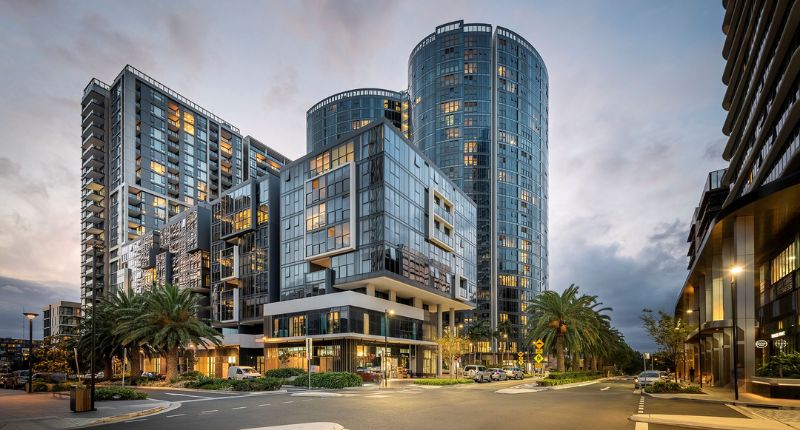- Community, employability, amenity and affordability were the metrics for liveabiliy.
- Sydney is ranked as the fourth most liveable city in the world.
- By 2041, Sydney's population growth is projected to reach 6.1 million.
Western Sydney is home to Sydney’s top five most liveable and affordable suburbs, according to a new Liveability Index from McCrindle Research.
In an investigation commissioned by Billbergia Group, the areas of community, amenity, employability and affordability were assessed in order to quantify and rank Greater Sydney’s most liveable suburbs.
“By measuring intangibles and putting metrics to social infrastructure, this index places value on the cultural, social, and aesthetic aspects of our communities,” said McCrindle Research managing director, Sophie Renton.
“The Liveability Index offers guidance for residents around ideal places to live and also gives direction for future development.”
Zooming out even further, as of this year, Sydney has shot up to fourth place as the most liveable city in the world, according to The Economist Intelligence Unit’s Global Liveability Index.
Sydney’s Top 10
Parramatta North ranked number one with a score of 76, followed closely by North Parramatta at 74.
In third place, there was a three-way tie between Petersham – Stanmore, Wentworth Point Sydney Olympic Park and Homebush.
Sydney’s Top 10 Suburbs
| Rank | Area | Score |
|
1 |
Parramatta – North | 76 |
|
2 |
North Parramatta | 74 |
| 3 | Petersham – Stanmore |
73 |
|
4 |
Wentworth Point – Sydney Olympic Park | 73 |
| 5 | Homebush |
73 |
|
6 |
Erskineville – Alexandria | 72 |
| 7 | North Sydney – Lavender Bay |
72 |
|
8 |
Surry Hills | 72 |
| 9 | Northmead |
72 |
| 10 | Glebe – Forest Lodge |
71 |
Source: McCrindle Research.
Why is Parramatta number one?
“Parramatta, as Sydney’s second CBD, delivers neighbouring suburbs with access to local employment opportunities, and its large commercial, retail, and dining core further lifts the area’s desirability,” said Renton.
According to McCrindle’s research, North Parramatta’s access to amenities, retail and dining options are slightly behind that of Parramatta CBD, hence its second place.
However, North Parammatta has great access to schooling, with families in the area having a range of choices across the government, Catholic, and independent sectors without travelling out of the area.
Moreover, the delivery of Parramatta Light Rail in 2024 is expected to boost the attractiveness of North Parramatta.
Wentworth Point’s affordability
Rezoned for residential use in 2004, Wentworth Point’s population has grown to 20,500 people and has become known for its strong sense of community and its proximity to outdoor recreational activities.
“Considering its proximity to waterfront and outdoor recreation space, Wentworth Point’s relative affordability makes it a desirable area for its young and highly engaged community,” said Renton.

According to the report, the availability of housing options that suit different living arrangements and family sizes contributes to its overall affordability.
Sydney’s population growth and challenges
Sydney has seen healthy population growth over the last 10 years, with an addition of 650,900 people.
By 2041, Sydney’s population is expected to reach 6.1 million, according to McCrindle’s research.
“Residential areas situated near employment hubs such as St Leonards and Bondi Junction are strong by measures of amenities and employability, but unaffordability can be an obstacle – making them out of reach for many,” said Renton.
“Similarly, suburban expansion areas on the fringe of Sydney such as Marsden Park are affordable and provide families with ample space to grow, but amenities and connectivity remain key challenges.”









